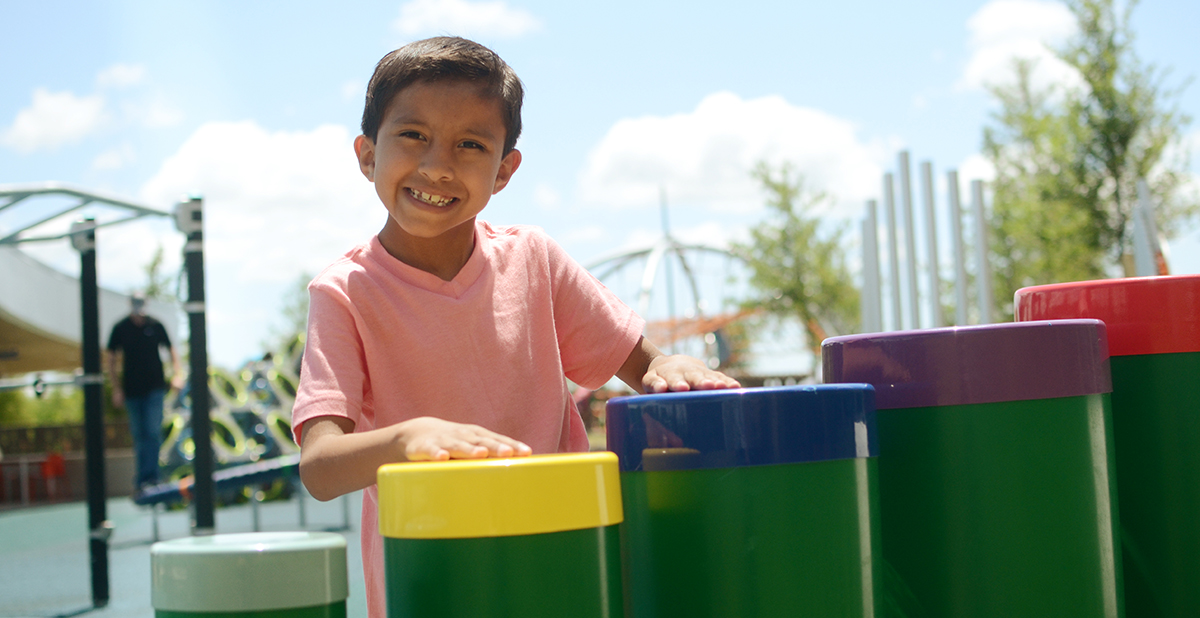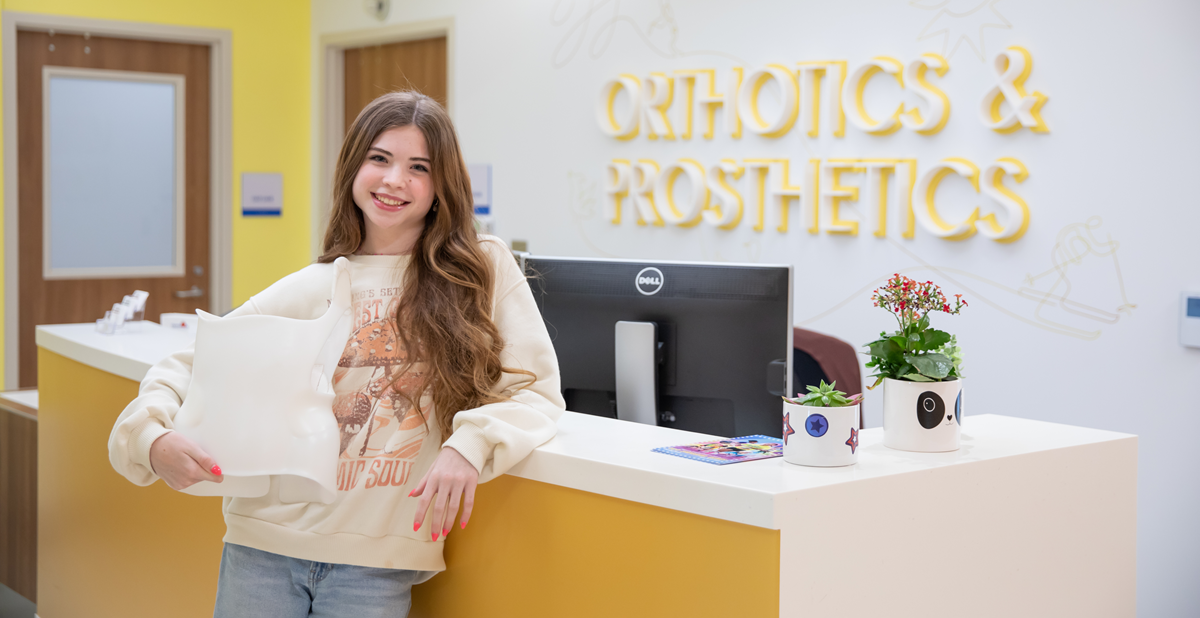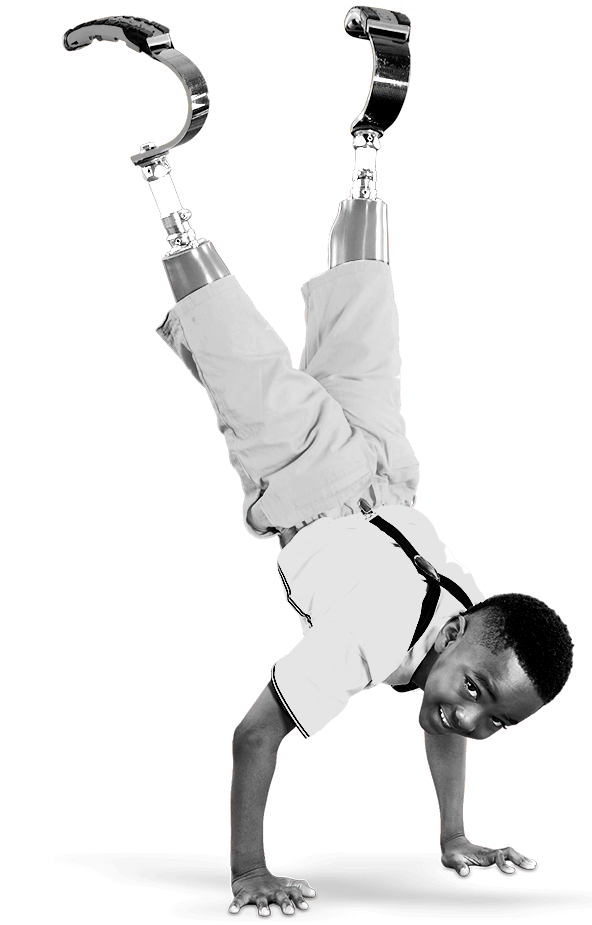
Jun 21, 2019 / Research & Innovation
Spine Research: What Are We Learning?
At Scottish Rite Hospital, our experts are dedicated to providing the best possible care to every patient. As part of the hospital’s mission, research guides the team in discovering innovative treatment techniques to make a child’s quality of life better.
Directed by Chief of Staff Daniel J. Sucato, M.D., M.S., the Center for Excellence in Spine is focused on better understanding the complexities of spinal deformities. The hospital’s multidisciplinary team collaborates and conducts ongoing research to bring more knowledge regarding the effectiveness of the various treatments for scoliosis.
Below is what the team is learning.
The team reviewed 12 patients who received growing rod treatment and did not have any surgical intervention for two years or more. The radiographs were measured, and the Movement Science Lab team tested patients’ pulmonary function by having them perform an exercise-tolerance test. A Step Activity Monitor (SAM) was given to the patient to track step activity. In addition, patients performed a pulmonary function test. All test results were compared with the control group (children without a spine deformity). Lastly, patients and families completed two questionnaires.
Learn more about the hospital's spine research.
Directed by Chief of Staff Daniel J. Sucato, M.D., M.S., the Center for Excellence in Spine is focused on better understanding the complexities of spinal deformities. The hospital’s multidisciplinary team collaborates and conducts ongoing research to bring more knowledge regarding the effectiveness of the various treatments for scoliosis.
Below is what the team is learning.
Effect of Compliance Counseling on Brace Use and Success in Patients with Adolescent Idiopathic Scoliosis
Patients diagnosed with adolescent idiopathic scoliosis who were perscribed a brace, were placed into two groups – those who were counseled (told about the sensors) and not counseled (not told about the sensors). Temperature sensors were placed in the brace. Counseled groups were made aware of the sensors and that monitoring was taking place. The brace wear report was provided to the physician, patient and orthotist. In the not counseled group, brace wear report was not provided to physician, patient or orthotist and patients were not told the purpose of the monitor sensors.
What We Learned
From this study, patients who were told about the sensor wore the scoliosis brace an average of 13.8 hours per day throughout their treatment, while those who were not told, wore their brace an average of 10.8 hours per day. Those who were made aware of the sensor have shown to wear their brace more hours per day. Research has indicated that patients who wear their brace more hours per day had less curve progression.
Functional and Radiographic Outcomes Following Growth-Sparing Management of Early-Onset Scoliosis.
The purpose of this study was to evaluate radiographic, functional and quality-of-life outcomes of patients who have completed growth-friendly management for early onset scoliosis.The team reviewed 12 patients who received growing rod treatment and did not have any surgical intervention for two years or more. The radiographs were measured, and the Movement Science Lab team tested patients’ pulmonary function by having them perform an exercise-tolerance test. A Step Activity Monitor (SAM) was given to the patient to track step activity. In addition, patients performed a pulmonary function test. All test results were compared with the control group (children without a spine deformity). Lastly, patients and families completed two questionnaires.
What We Learned
Based off of activity time, total steps in step activity monitoring and the exercise tolerance tests, there was no difference between our study patients and children without a spinal deformity.
Learn more about the hospital's spine research.



